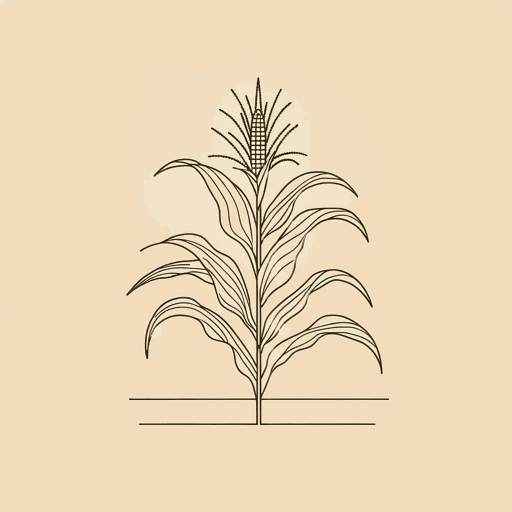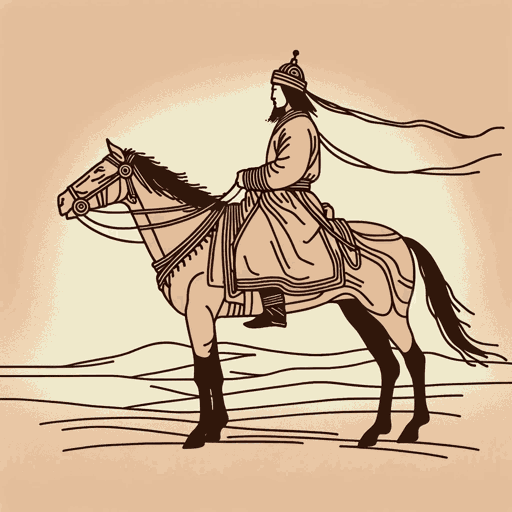40 pages • 1 hour read
Jack WeatherfordIndian Givers: How the Indians of the Americas Transformed the World
Nonfiction | Book | Adult | Published in 1988A modern alternative to SparkNotes and CliffsNotes, SuperSummary offers high-quality Study Guides with detailed chapter summaries and analysis of major themes, characters, and more.
Chapters 1-3Chapter Summaries & Analyses
Chapter 1 Summary: “Silver and Money Capitalism”
Weatherford opens Chapter 1 with a day in the life of Rodrigo Cespedes, a Quechua miner from the colonial town of Potosí in Bolivia. He works seven days a week, eight hours a day, with no meal breaks. The work is physically and mentally taxing, paying approximately a dollar a day with no job security or benefits (4). The mountain he mines, Cerro Rico, is rich in silver ore and tin.
Initially European conquerors of the Americas were interested in gold, not silver. Conquerors like Hernando Cortés, Francisco Pizarro, and Hernando de Soto ranged across the North and South American continents, extorting this precious metal from the natives, who, lacking a capitalist society, prized it for its religious or aesthetic value, but not as money (6-8).
But silver from Potosí and mines in Mexico proved even more impactful than gold. The unprecedented influx of precious metals in the 16th and 17th centuries transformed Europe’s mercantile system into “a true money economy” (12). Silver was especially valuable, as it provided small denomination coinage for everyday purchases. The increase of money in circulation provided an alternative to land in the establishment of wealth, which created new classes and opportunities for people outside the aristocratic class.
Related Titles
By Jack Weatherford


